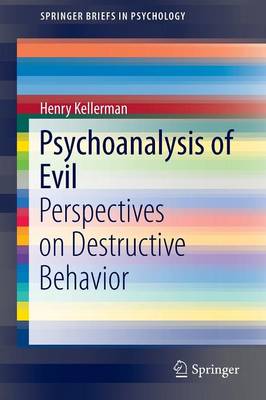For all our knowledge of psychopathology and sociopathology--and despite endless examinations of abuse and torture, mass murder and genocide--we still don't have a real handle on why evil exists, where it derives from, or why it is so ubiquitous.
A compelling synthesis of diverse schools of thought, Psychoanalysis of Evil identifies the mental infrastructure of evil and deciphers its path from vile intent to malignant deeds. Evil is defined as manufactured in the psyche: the acting out of repressed wishes stemming from a toxic mix of harmful early experiences such as abuse and neglect, profound anger, negative personality factors, and mechanisms such as projection. This analysis brings startling clarity to seemingly familiar territory, that is, persons and events widely perceived as evil. Strongly implied in this far-reaching understanding is a call for more accurate forms of intervention and prevention as the author:
- Reviews representations of evil from theological, philosophical, and psychoanalytic sources.
- Locates the construction of evil in psychodynamic aspects of the psyche.
- Translates vague abstractions of evil into recognizable concepts.
- Exemplifies this theory with the lives and atrocities of Hitler and Stalin.
- Applies psychoanalytic perspective to the genocides in Turkey, Pakistan, Cambodia, and Rwanda.
- Revisits Hannah Arendt's concept of "the banality of evil."
Psychoanalysis of Evil holds a unique position in the literature and will gather considerable interest among readers in social psychology, psychoanalysis, sociology, and political anthropology. Historians of mass conflict should find it instructive as well.
- ISBN13 9783319073910
- Publish Date 8 August 2014
- Publish Status Active
- Publish Country CH
- Imprint Springer International Publishing AG
- Edition 2014 ed.
- Format Paperback
- Pages 153
- Language English
